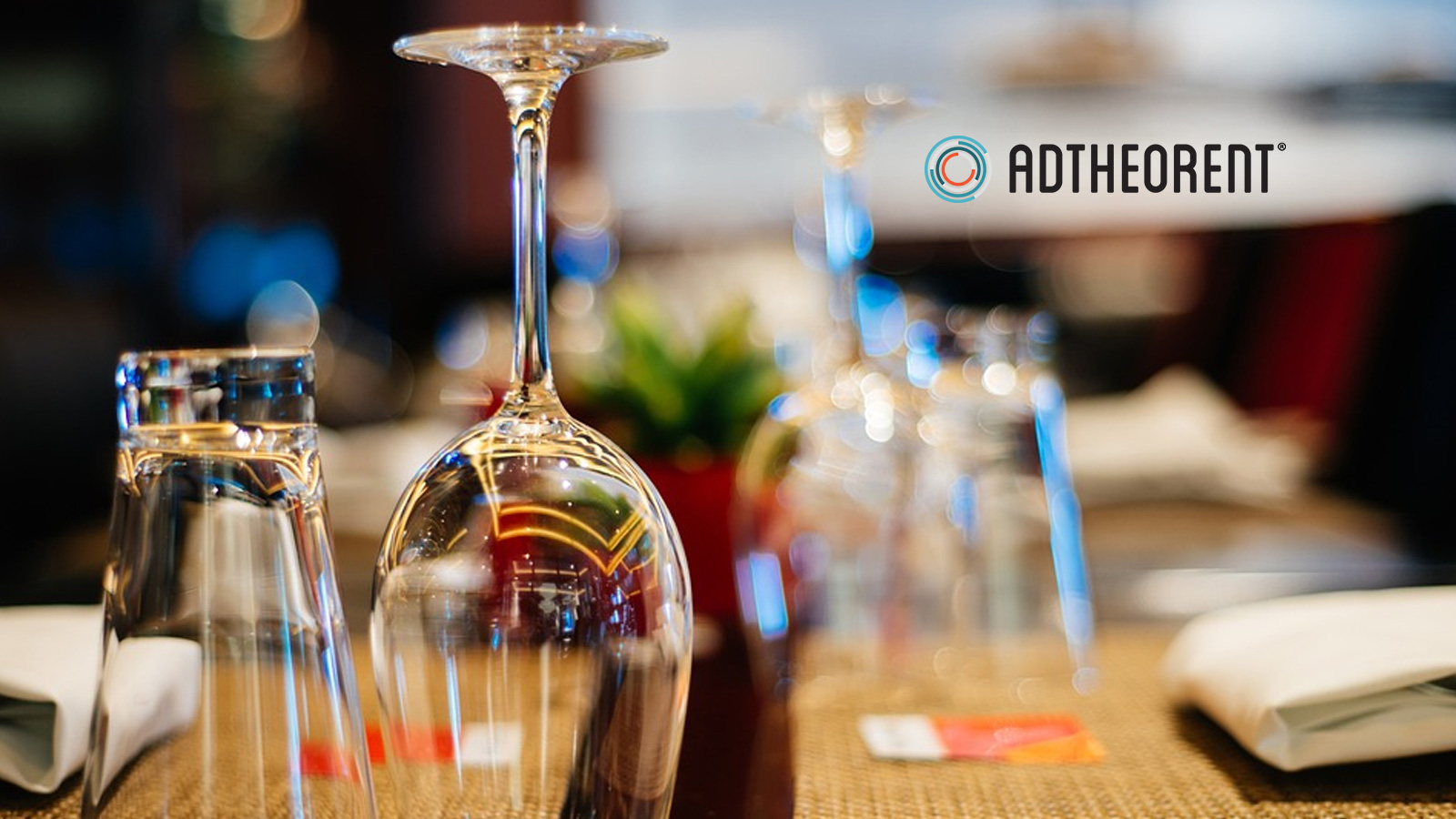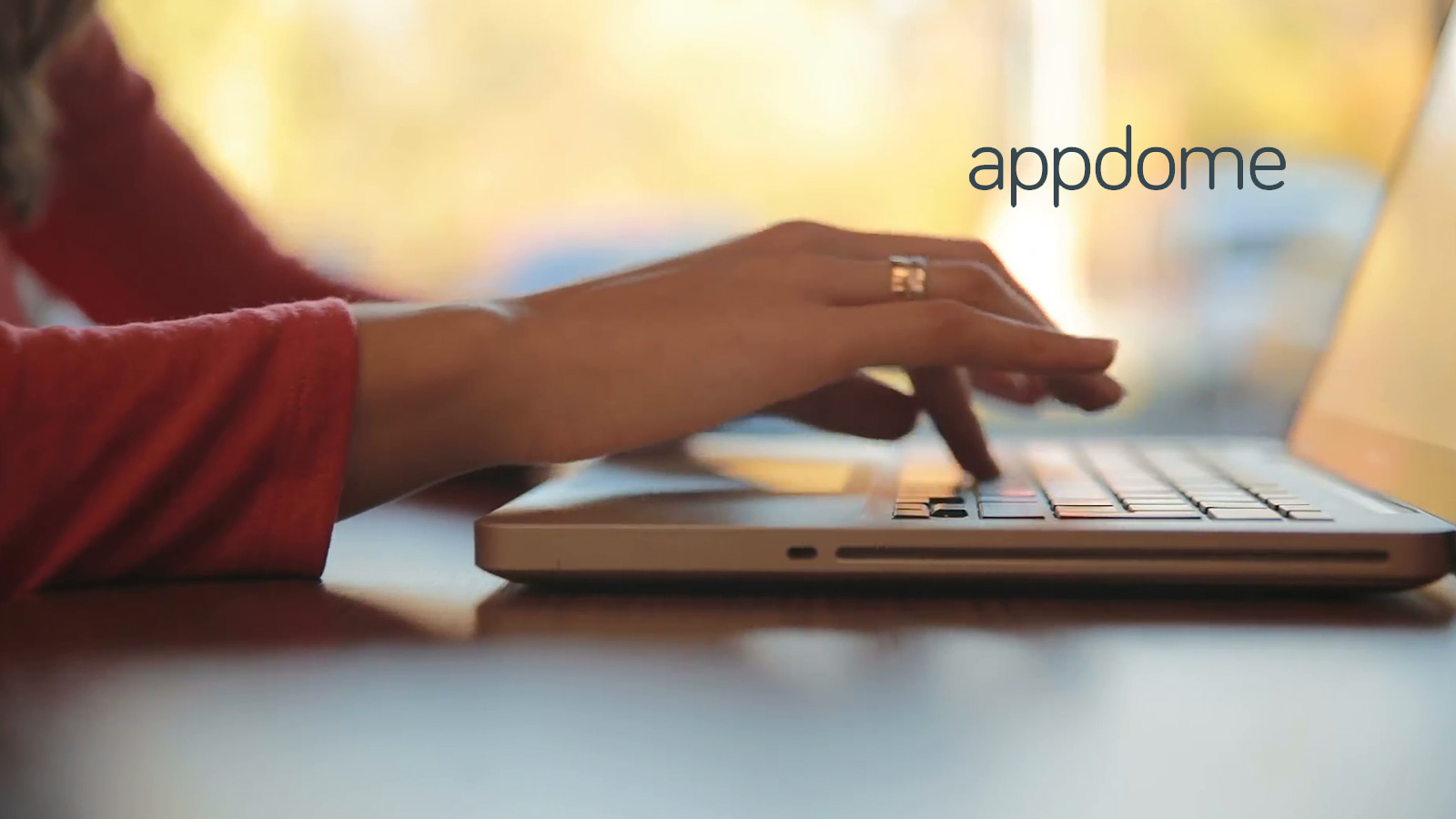The AdTheorent/Harris Poll Consumer Survey Data Shows 70% of Consumers Use Their Mobile Device During QSR/FCR Food Purchasing Journey; Mobile Ads are Top Visitation Drivers
AdTheorent, Inc., a digital advertising leader using advanced machine learning technology and solutions to deliver real-world value for advertisers, announced the results of AdTheorent’s Dining Trends Report, based on research conducted online by The Harris Poll on behalf of AdTheorent among over 2,000 U.S. adults. The AdTheorent-commissioned research sought to identify key dining trends related to consumers’ interaction with quick service (QSR) and fast-casual (FCR) restaurants.
AdTheorent’s report highlights important factors driving food purchase, visitation, menu trends and the benefits of elevating the customer experience throughout the dining journey.
Read Also: MoEngage Partners with Bigbasket to Drive-Up Metrics for Its …
The global fast-food market is growing at a compound annual growth rate of 4.2%, expected to be worth more than $690 billion by 2022.1 As competition in the dining industry continues to increase, it is crucial for QSR and FCR brands to gain consumer mind-share and wallet-share.
AdTheorent’s Dining Trends report shows that a majority of Americans use their mobile devices and restaurant-specific apps throughout the dining journey.
Personalization is a key factor in building positive brand associations and driving repeat visitation, with consumers embracing artificial intelligence if it drives personalization and efficient experiences. Additionally, the report highlights increased credit card and mobile wallet usage and a desire for healthier plant-based menu items and locally-sourced ingredients.
THE ROLE OF MOBILE: Majority of consumers are turning to their mobile devices when making dining decisions
- 70% of consumers use their mobile devices on their QSR/FCR food purchasing journey
- Consumers turn to their mobile devices to:
- Look for coupons/deals (42%)
- Look up menu items (38%)
- Search for the nearest location (37%)
- Place a food order (32%)
- Pay for a food order (28%)
- App usage is on the rise:
- 1/3 of consumers say they are placing take-out (34%) and delivery (33%) QSR/FCR food orders online via a mobile app more now than compared to 2 years ago
- 56% of consumers say that the ability to place food orders online via a mobile app would make them order more frequently from a restaurant
- 57% of consumers have a QSR or FCR app
- 52% have a QSR app (18% of consumers have 3 or more)
- 44% have a food delivery service app (11% of consumers have 3 or more food delivery apps)
- 36% have an FCR app (11% of consumers have 3 or more FCR apps)
- 89% of consumers who have FCR/QSR apps use them once a month or more
- 59% of consumers who have FCR/QSR apps use them once a week or more
- 43% of consumers who have a QSR or FCR app were motivated to download a QSR/FCR app due to a digital (mobile or computer) ad, while only 22% were motivated by a TV ad and 7% by a billboard ad
DRIVING VISITATION: Digital advertising, especially on mobile, is essential for driving visits to restaurant locations and an effective messaging strategy is key
- The top promotional/advertising motivators for consumers to visit a QSR/FCR:
- Digital ads (mobile and/or computer – 58%)
- TV ads (39%)
- Launch of new menu item (31%)
- Email from restaurant (28%)
- Billboard ad (13%)
Read Also: 75 Inspiring Martech Leaders Who Are Prepared for 2020
- The top digital ads that motivate action:
- Ad featuring a special offer (38%)
- Ad with a location-based coupon (26%)
- Ad featuring a food item (26%)
- Ad that is personalized (24%)
- Ad that is eye-catching/unique (21%)
- Competitive conquesting is an effective tactic:
- About 1 in 4 consumers (24%) say they would be compelled to visit a competitor’s restaurant instead if they received a competitor’s mobile device ad while on the way to a QSR/FCR location
PERSONALIZED and RELEVANT ADS: Customization is key for a positive brand experience
- 71% of consumers say receiving an ad that is relevant or tailored to them from a QSR/FCR brand would cause them to have a more favorable opinion of that brand
- Nearly half (46%) of consumers say receiving a random advertisement that is not relevant to them would cause them to have a less favorable opinion of that brand
- Majority of consumers would be more likely to visit a QSR/FCR if they received a personalized ad based on:
- Past orders (70%)
- Their location (66%)
PAYMENT: Cash is no longer king – credit card and credit card via mobile wallet payments are increasing
- 49% of consumers would prefer to pay with a mobile wallet app or credit card instead of cash when purchasing food from QSRs/FCRs
For QSRs specifically:
- 2 years ago, 40% paid for QSR food using a credit card; and currently, 43% use a credit card
- Compared to 2 years ago, use of a credit card via mobile wallet app increased from 11% to 19%
For FCRs specifically:
- 2 years ago, 43% paid for FCR food using a credit card; and currently, 45% using a credit card
- Compared to 2 years ago, use of a credit card via mobile wallet app increased from 12% to 18%
MENU TRENDS: More options equate to more orders
- 41% of consumers say new menu items would cause them to go into QSR/FCRs to purchase food more often, and 31% say the same of larger selection of menu items
- If selecting a QSR/FCR restaurant, 64% of consumers would choose one with healthy menu options over one that did not have those options
- What consumers want to see on the menu:
- Larger variety of meal options (41%)
- Healthier alternatives (37%)
- Low calorie options (30%)
- Locally sourced ingredients (25%)
- Plant-based options (18%)
- Vegetarian options (16%)
- Vegan options (11%)
- CBD-infused options (11%)
ADVANCED TECHNOLOGY & ARTIFICIAL INTELLIGENCE: Consumers are amenable
- 71% of consumers would be open to QSRs/FCRs incorporating AI into their businesses, if such use:
- Drove down menu item costs (43%)
- Sped-up ordering process (42%)
- Improved the customer experience (40%)
- Sped-up food preparation process (34%)
- Offered personalized food recommendations based on previous orders (22%)
- Many consumers would be interested in the following AI technologies if they were purchasing from QSRs/FCRs:
- Using a touchscreen ordering system, i.e., entering order on a device instead of giving it to a human (66%)
- Using a personalized ordering screen, i.e., a digital ordering system that suggests menu items based on different variables, like time of day, current or past orders (55%)
- Using a voice-assisted ordering system, i.e., speaking your order to a machine versus a human (42%)
- Having food order delivered by a drone (37%)
- Having robots/machines prepare their food (31%)
TAKEOUT AND DELIVERY: More consumers are eating at home or on-the-go and prefer to order online when purchasing food from QSR/FCRs
- 50% say they place more takeout and/or delivery orders online now compared to two years ago
- 26% percent say they place less takeout and/or delivery orders via phone now compared to two years ago
- 52% prefer to order QSR/FCR delivery online
- 35% via a mobile device
- 17% via a computer
- 50% prefer to order QSR/FCR takeout online
- 34% via a mobile device
- 16% via a computer
“At AdTheorent we use non-sensitive data signals (aggregated from digital device users) and machine learning to drive advertiser business objectives. This is especially important for QSR/FCR brands and marketers who continue to face many diverse competitors while aiming to please consumers who expect more, for less,” said Jim Lawson, CEO of AdTheorent.
Jim Lawson, “We commissioned this research to gain additional insights about the dining vertical as we refine product offerings and solutions, and we are excited to leverage these learnings in future campaigns.”
Currently, AdTheorent uses advanced machine learning technology and solutions to deliver real-world value for advertisers and marketers. AdTheorent’s industry-leading machine learning platform powers its predictive targeting, geo-intelligence, proprietary relationship graph and in-house creative capability, Studio A\T. This product suite allows advertisers to identify the most qualified individuals coupled with the optimal creative experience to drive campaign performance and deliver on advertiser KPIs at scale.
AdTheorent’s Dining Trends Report Methodology
This survey was conducted online within the United States by The Harris Poll on behalf of AdTheorent between September 18-20, 2019 among 2,050 adults ages 18+. Results were weighted for age within gender, region, race/ethnicity, household income, education, and size of household where necessary to align them with their actual proportions in the population. Propensity score weighting was also used to adjust for respondents’ propensity to be online. This online survey is not based on a probability sample and therefore no estimate of theoretical sampling error can be calculated.
About The Harris Poll
The Harris Poll is one of the longest running surveys in the U.S. tracking public opinion, motivations and social sentiment since 1963 that is now part of Harris Insights & Analytics, a global consulting and market research firm that delivers social intelligence for transformational times. We work with clients in three primary areas; building twenty-first-century corporate reputation, crafting brand strategy and performance tracking, and earning organic media through public relations research. Our mission is to provide insights and advisory to help leaders make the best decisions possible. To learn more, please visit www.theharrispoll.com











